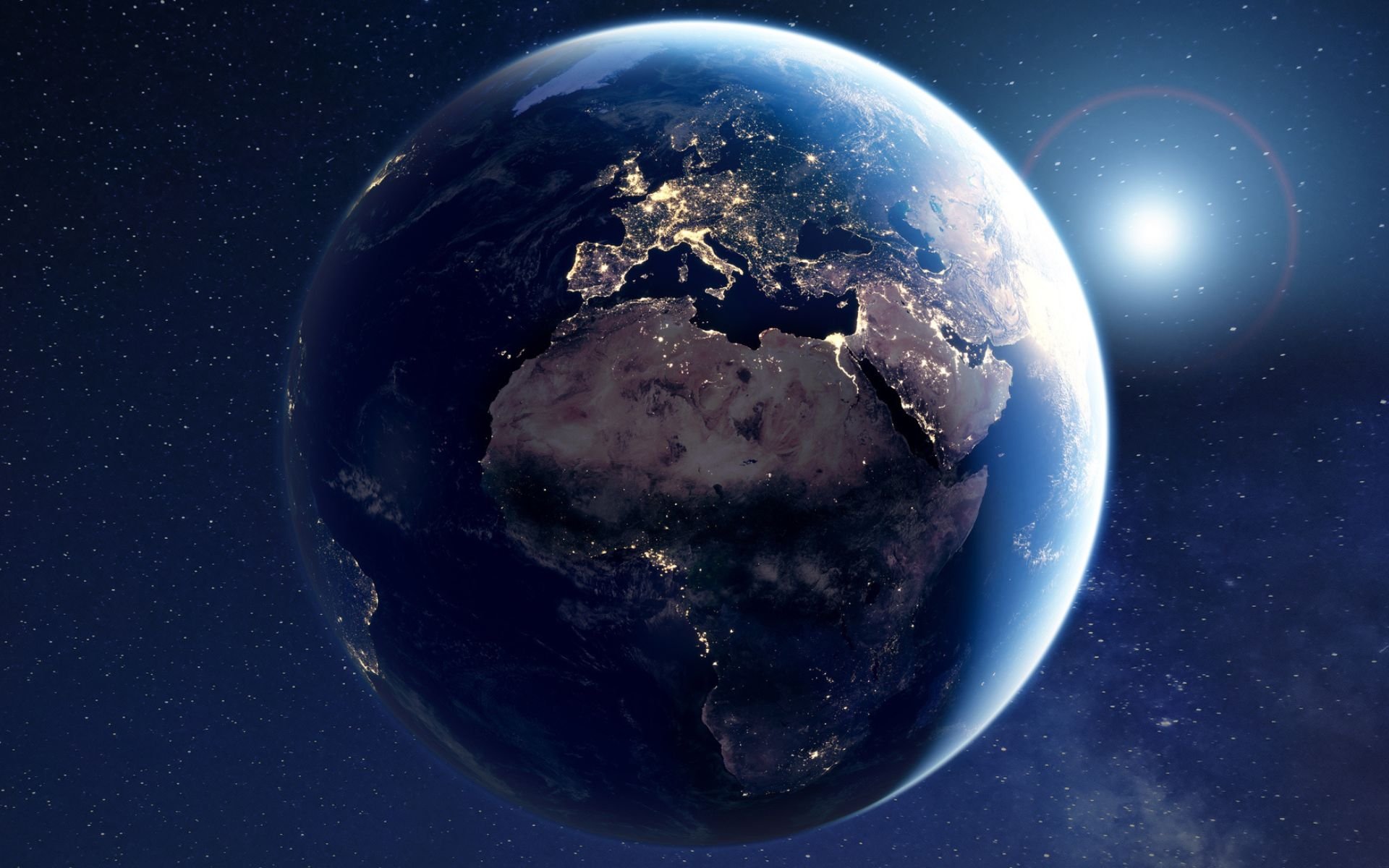Life has existed on Earth for a very long time; Even before humanity existed, animals, insects, and other beings dominated the planet; Even dinosaurs were here and were once at the top of the food chain. Scientists believe living organisms began developing about 3.8 billion years agoWhen the first microorganisms and bacteria begin to form in the water.
Originally, the terrestrial environment consisted only of rocks, lava, and high temperatures, making it impossible for any life to form. The situation has changed over time, so eventually temperatures cooled and water condensed until oceans formed; From that moment on, the first simple single-celled organisms began to appear.
In the study conducted in partnership with Carleton University, the Weizmann Institute of Science and Smith College, researchers investigated the history of life on Earth and discussed possible scenarios for the future of living things. The article was published in the scientific journal Current Biology.
“The primary productivity rate is an important variable driving biogeochemical cycles today and has been throughout Earth’s history. “For example, it plays a critical role in determining the stoichiometry of nutrients in the oceans, the amount of global biomass, and the composition of the Earth’s atmosphere,” the introduction to the new study explains.
TecMundo gathered information from geologists, experts in the field, and other scientists to understand how much life once existed on planet Earth.
How much life is there on Earth?
One of the main processes noted by scientists primary production responsible for converting inorganic carbon into organic molecules necessary for life. Photosynthesis is currently considered a primary production process, as plants convert solar energy into chemical energy to provide necessary carbohydrates to living organisms. Without photosynthesis, there would be no life on Earth.
The aim of the research is to understand the primary production process at the beginning of the Earth’s development; So they discovered that around 100 quintillion tons of carbon were processed at the beginning of time. —Land plants are probably those most responsible for primary production.
“Today, primary production is carried out mainly by terrestrial plants and marine microorganisms such as algae and cyanobacteria. The proportion of contributors to this moment has been very different in the past; In Earth’s earliest history, primary production was primarily driven by a completely different group of organisms that did not require oxygenic photosynthesis to survive,” Peter Crockford, one of the study’s authors, wrote in a text published on the website. Speech.
After collecting various data on the subject, researchers were able to produce a report that estimates the amount of life on Earth: there are currently about 1030 (not 10 million) cells. However, throughout history this number has been much higher, as scientists suggest that there were once between 1039 and 1040 (one duodecillion) cells.
The beginning of terrestrial life
The authors note that when observing the full potential of life, approximately 1040 (one duodecillion) cells would populate during the time the planet would remain habitable, meaning this number represents the total number of cells until the end of things. The results were based on current efficiency levels of the primary production process.
Although science can calculate the average number of cells that have existed and will exist on Earth, it cannot yet determine the exact reason why life emerged. Currently, the most reasonable guess is that simple organic compounds were responsible for the emergence of the first living things.
Once these compounds developed, lightning, volcanic activity, or other natural processes likely triggered some chemical reactions. Over time, the first building blocks of life, known as amino acids and nucleotides, began to emerge. Only then were the first simple self-replicating microorganisms developed.
From that moment on, the first living species, from bacteria to plants, insects, and animals, formed, evolved, and eventually reached humans. This shows that life on Earth had to go through many processes, as well as chance, to reach its current state.
“In the distant future, approximately two billion years from now, all the biogeochemical protections that keep the Earth habitable will be exceeded to their limits. “First the plants on land will die, then the oceans will boil, and Earth will return to the rocky and mostly lifeless planet it was in the beginning,” Crockford added.
Did you like the content? Stay tuned to TecMundo to uncover more mysteries of life on Earth and get the opportunity to understand what the theory of panspermia is.
Source: Tec Mundo
I’m Blaine Morgan, an experienced journalist and writer with over 8 years of experience in the tech industry. My expertise lies in writing about technology news and trends, covering everything from cutting-edge gadgets to emerging software developments. I’ve written for several leading publications including Gadget Onus where I am an author.












